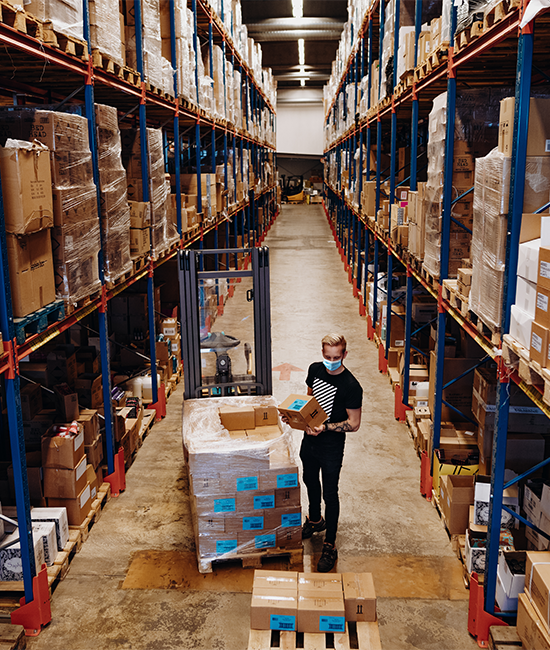Efficient inbound handling processes are the root of effective material handling within a facility. And these processes begin even before a delivery gets to the dock door. Ensuring that the area is properly laid out, that employees are knowledgeable and will know what to do with different shipments from different carriers, and that deliveries are properly scheduled for a consistent, manageable workflow are all key to inbound handling.
As goods are received, facilities should look to minimize the number of touches on each item by using flex space, cross docking, and automating as many processes as possible. Employees can be made more efficient by having printers, labelers, and other equipment on moveable carts, and computer interfaces can be made wearable. A robust warehouse management system (WMS) can aid delivery planning with advanced shipping notifications and can inform operators of what goods can be replenished without staging.
At PeakLogix, we’re a brand agnostic material handling systems integrator that specializes in innovative, bespoke automated solutions. Through our partnership, we can increase the consistency and efficiency throughout your distribution processes, from inbound receiving to outbound shipments and everything in between. We deliver customized solutions tailored to our partner’s needs that address issues ranging from ergonomics and employee safety to fully automated warehousing solutions.


